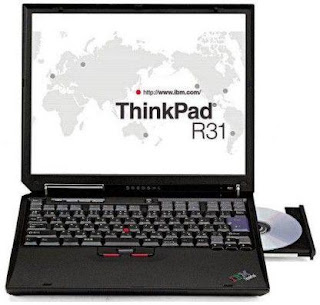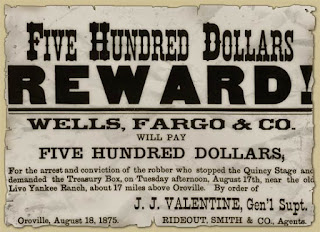 Give us your leaders, your innovators, your visionaries who have improved the art and science of software development. Send those, the best and brightest in the land, to SD Times!
Give us your leaders, your innovators, your visionaries who have improved the art and science of software development. Send those, the best and brightest in the land, to SD Times!
Yes, it’s time again to begin the process of determining the SD Times 100 – our listing of the leading companies, organizations and individuals who truly make a difference in our industry. The SD Times 100 are those who get everyone talking, who set the agenda, who have the ‘buzz’ and the winds at their backs.
Some SD Times 100 winners are giant corporations who, though sheer clout and market presence, can impose a direction on the entire software development community. Others are scrappy startups, non-profit organizations or individual thought leaders whose technologies advance the state of the art – or whose ideas change the world.
The 2010 SD Times 100 will be published in the May 15, 2010, issue of SD Times, and simultaneously on www.sdtimes.com. The judges are the editors of the newspaper.
Where do you come in? By sending us reader nominations, which are open through Monday, March 5. You can enter your reader nomination here.
The SD Times 100 is not a product award – it’s our recognition of companies, organizations and individuals for their outstanding innovation and leadership during calendar year 2009. So, in your reader nomination, please cite specifically what the nominee did last year that demonstrated innovation and leadership. We’re not looking for a long dissertation; just a few paragraphs will do. The judges will consider that info during our deliberations.
There is no fee of any kind for making a reader nomination for the SD Times 100. By the way, this isn’t a popularity award: We don’t take into account the number of times a nominee has been entered, and multiple nominations will not improve a nominee’s chances of being named to the final list.
Here are some resources for you to consider as you prepare your reader nomination:
The 2008 SD Times 100
The 2009 SD Times 100
SD Times 100 backgrounder
And again, the link to the reader nomination form is here. Thank you!











